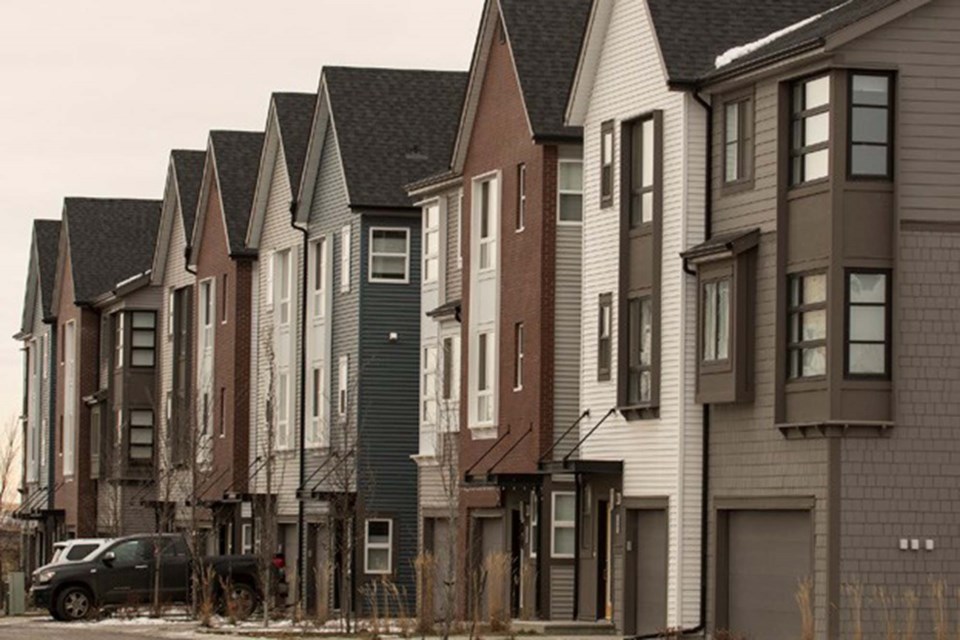More St. Albertans are living alone than ever before according to new census data released by the government.
In St. Albert, some 21 per cent of residents are living alone, compared to 18 per cent in the 2016 census.
Sandeep Agrawal, a University of Alberta planning expert, said this is where planners start to look at the data and see if the community needs to be planned differently to accommodate how residents are living.
The growth might be coming from young people, Agrawal said, and maybe development needs to accommodate those who want to live downtown where there are other amenities available.
“You begin to then develop those areas accordingly,” Agrawal said, adding he doesn’t know if the growth was with young people or senior citizens.
St. Albert is not alone with the growth of single dwellers, with 4.4-million people living alone in 2021, up from 1.7 million in 1981, which is 15 per cent of all adults 15 or older in homes in 2021. This is the highest ever on record, according to Statistics Canada census data.
Adam Galovan, University of Alberta human ecology professor, said data shows an increasing trend of society becoming more individualistic than in the past. The shift has been happening over the past 10 to 20 years, Galovan said, with people doing things on their own more than in the past.
But living alone comes with challenges, Galovan said, such as loneliness.
“People living alone in COVID was a challenge for a lot of folks,” Galovan said.
While people are living alone more, they are also delaying marriage, Galovan said.
“People are delaying marriage, delaying having kids. They're kind of trying to focus in more on themselves, which is a balance because you definitely need to take care of yourself, but I think we could do a better job but also looking out for one another,” Galovan said.
Instead, people are opting to live alone, or with a roommate, which is the fastest growing household type. From 2001 to 2021, the number of roommate households increased by 54 per cent, although they still only represent four per cent of Canada’s total households.
The number of Canadians who are partnered in a couple has remained relatively unchanged for the last 100 years, with some 57 per cent in a couple in 2021, compared to 58 per cent in 1921. However, how those couples define their relationships is different.
Common-law relationships have increased, and currently Canada has the highest amount of common-law couples together in the G7 at 23 per cent, while the remaining 77 per cent of couples are together and married.
“We're seeing some shifts in this, but with common-law relationships, a lot of the research does suggest there is a greater likelihood of dissolution and less relationship quality,” Galovan said.
One hypothesis is common law relationships can sometimes move forward through inertia, Galovan said, with a slowly-building shared-life making it harder to leave the relationship.
“Those that are in common law tend to have slightly higher divorce rates if they do go on to marry, because all these things kind of pushed them towards marriage when they maybe hadn't thought about that,” Galovan said.
Income and age
In St. Albert, the amount of people earning over $100,000 didn’t change much, with 10,150 reported in 2016 and 10,540 in 2021.
There were some 12,565 people in St. Albert who received COVID emergency benefits, with 5,660 being men and 6,900 women. On average, recipients received $8,000.
The average-total-income dropped in St. Albert between the two census years, with residents over 15 years old earning an average of $68,836 in 2020, with men earning $83,900 and women earning $54,700 that year. In 2016, the average income was $73,498, with men earning $97,848 on average and women earning $50,562.
Donna Wilson, professor at the faculty of nursing at the University of Alberta, said the drop in income levels across the country, especially among women, is concerning.
"We've got a lot of low-income people who are going to really struggle, and the middle class is really going to struggle unless our economy really turns around and we start having a lot of good paying jobs," Wilson said.
Research shows that people who are the most likely to get ill, depressed, complete suicide, or attend emergency departments and hospitals are low income, Wilson said, and this new data shows the health-care system may carry the burden of the income drop across the country.
"It's just such a ripple effect — income influences your health," Wilson said. "We need to be very worried about people's income in Canada, particularly women and those who are raising a child alone."
The next census data information will be released on Aug. 17 and focus on linguistic diversity and use of English and French in Canada.


-jf-c.jpg;w=120;h=80;mode=crop)

